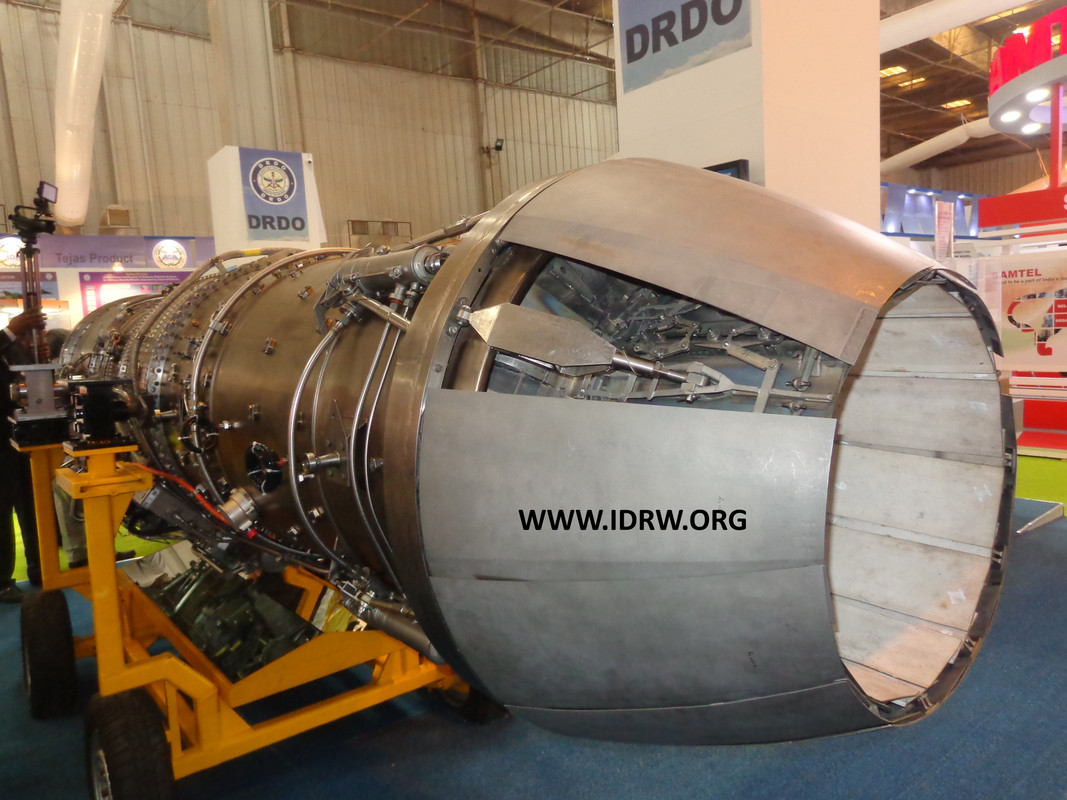SOURCE: AFI

In a recent discussion on India’s Indigenous defence capabilities, Group Captain UK Devnath emphasized significant advancements in the development of the Kaveri engine, primarily focused on addressing critical engineering challenges. With support from the United States, the Defence Research and Development Organisation (DRDO) has acquired state-of-the-art CNC machines, designed for high-precision machining. These machines are capable of achieving Six Sigma standards, indicating a defect rate of just one in one million parts. This technological leap is expected to enhance the manufacturing precision essential for the Kaveri engine’s performance.
One of the most critical challenges in developing the Kaveri engine has been managing the extreme temperatures generated during operation. Group Captain Devnath highlighted that the Indian engineering team has developed a specialized fiber material capable of withstanding temperatures up to 1,700 degrees Celsius. This innovation not only improves the engine’s operational efficiency but also significantly enhances its durability, enabling it to perform under harsh conditions.
Another major issue that has plagued engine development is dynamic imbalance, which can lead to performance inefficiencies and potential failures. The DRDO has successfully tackled this problem through advanced computer simulations, allowing engineers to identify and rectify dynamic imbalances in the engine components before physical testing. The successful run of the test bench, with the dynamic imbalance resolved, marks a significant milestone in the Kaveri engine’s development, paving the way for further testing and refinement.
Looking ahead, Group Captain Devnath expressed optimism regarding the Kaveri engine’s future, predicting that within the next 9 to 10 years, India will have a fully operational Kaveri engine with improved thrust capabilities. This achievement would represent a substantial step forward in India’s aerospace ambitions, particularly in the context of developing advanced fighter aircraft and other critical defense systems.
The Kaveri engine, originally designed for the Tejas Light Combat Aircraft (LCA), aims to enhance India’s self-reliance in defense technology, reducing dependence on foreign engine systems. As the project continues to progress, the Kaveri engine is expected to not only power India’s indigenous aircraft but also play a role in boosting exports of defense technology to allied nations.